The city of Goethe and Schiller
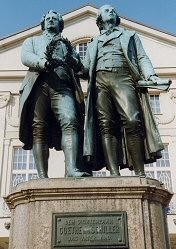
The monument, inaugurated in 1857, stands in front of the German National Theatre on Theaterplatz in Weimar. Johann Wolfgang von Goethe and Friedrich Schiller had to fight for their friendship. Then, as a duo, they were unbeatable.
Johann Sebastian Bach was in Weimar from 1708 to 1717 as organist and chamber musician at the court of Duke Wilhelm Ernst. All that remains of his residence is a memorial plaque.
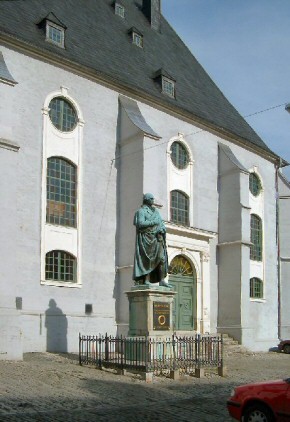
Herder Monument in front of the Peter and Paul Church
Johann Gottfried von Herder, ennobled in 1802 (* 1744 in Mohrungen, Kingdom of Prussia; † 1803 in Weimar), was a German poet, translator, theologian, and historical and cultural philosopher of the Weimar Classic period. He was one of the most influential writers and thinkers in the German language during the Age of Enlightenment and, together with Christoph Martin Wieland, Johann Wolfgang Goethe and Friedrich Schiller, is part of the classical triumvirate of Weimar (source: Wikipedia).
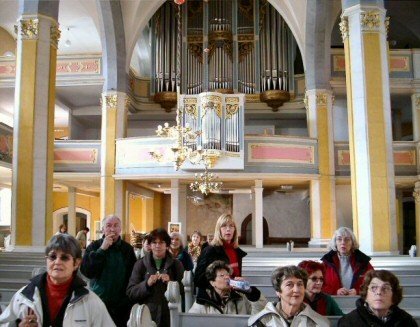
In the Peter and Paul Church.
J. S. Bach played on this organ.
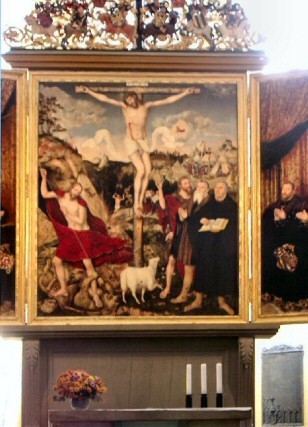
The altarpiece in the Herder Church; begun by L. Cranach the Elder, completed by his son. Luther stands on the right with the Bible in his hand, to his left, his friend Lukas Cranach the Elder.
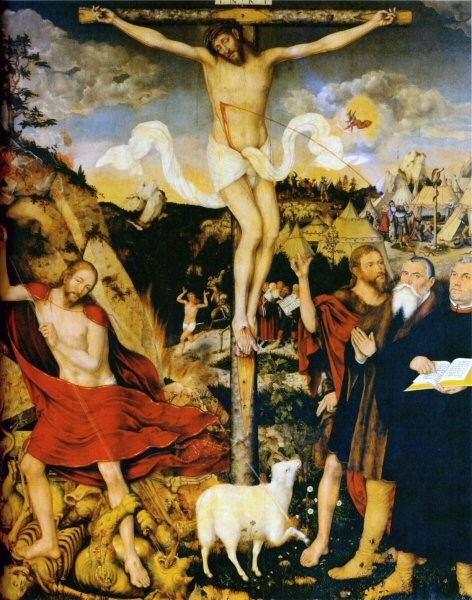
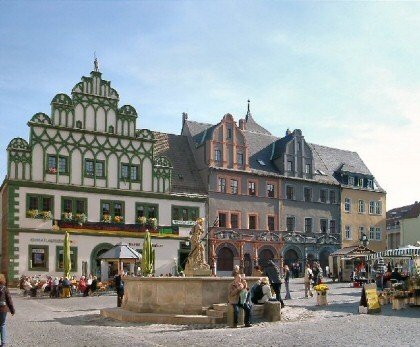
The Town Hall Square
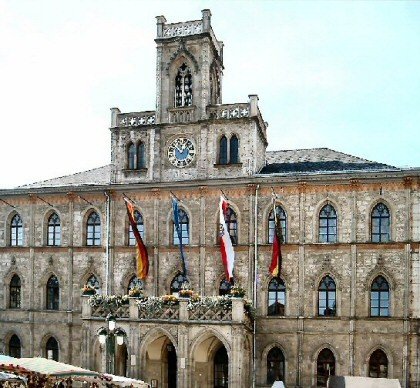
The town hall
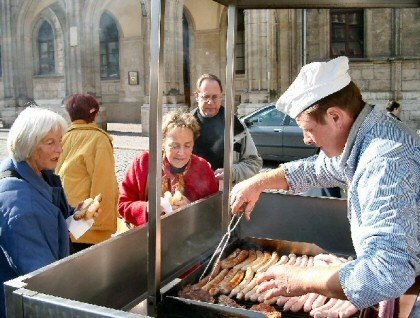
Thyringer sausages ...
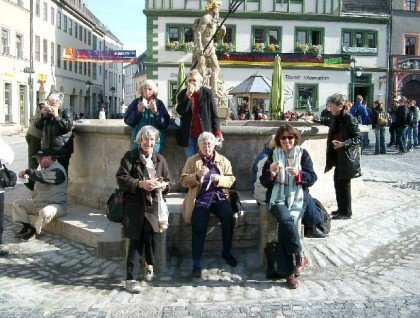
... are tried out
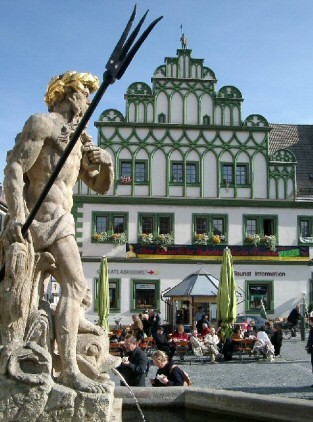
Fountain figure on the town hall square
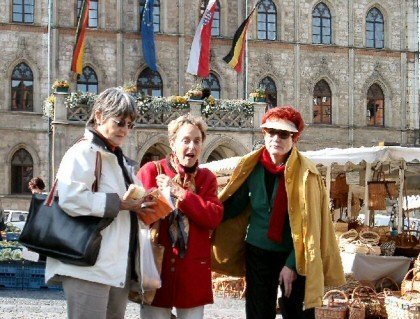
Shopping with Susi at the onion market
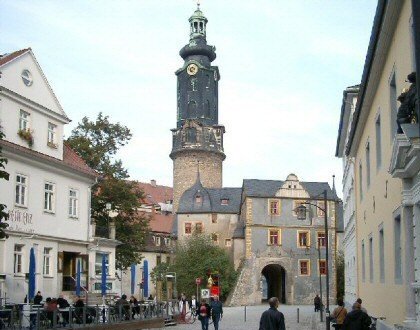
Weimar Palace
Entrance to the palace
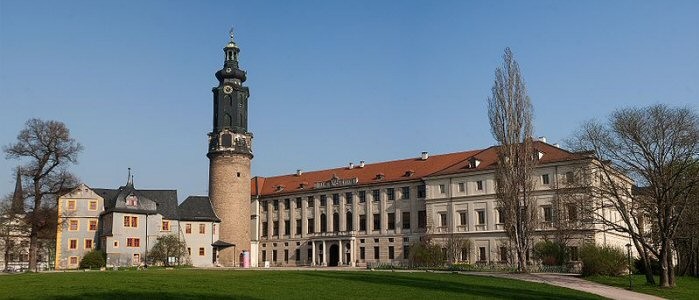
Photo of Weimar city palace with palace tower, source: Wikipedia
From 1535 to 1604, the late Gothic castle was remodelled into a Renaissance palace by order of the Elector Johann Friedrich I. The building complex was designed as a fortified castle complex and surrounded by moats that were fed by the Ilm river flowing past.
After the castle fire of 1774, the building was rebuilt on Duke Carl August's orders under the decisive influence of Goethe. Today, a baroque bonnet sits atop the medieval castle tower.
The castle houses a museum with some paintings by Lucas Cranach.
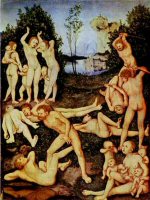
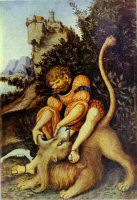
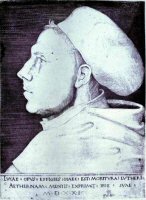
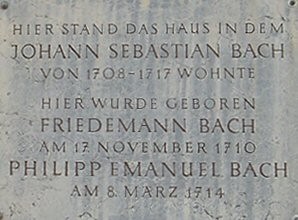
Memorial plaque in Weimar: J. S. Bach's home stood here.
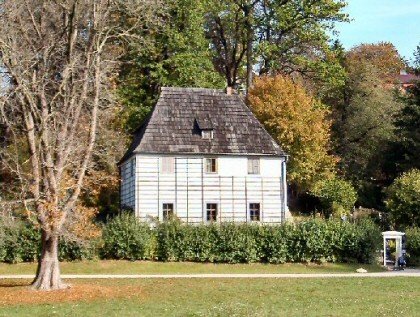
Goethe's Garden House
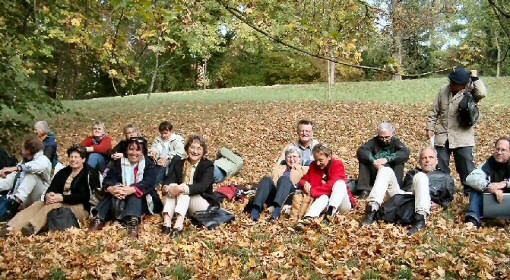
Here, near his garden house, we listen to Goethe's words.
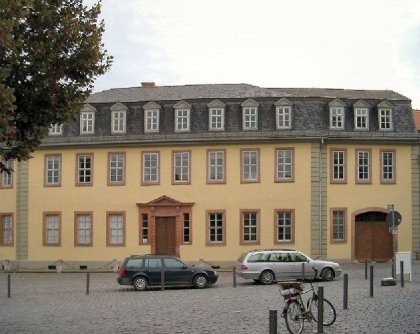
The Goethe House in Weimar
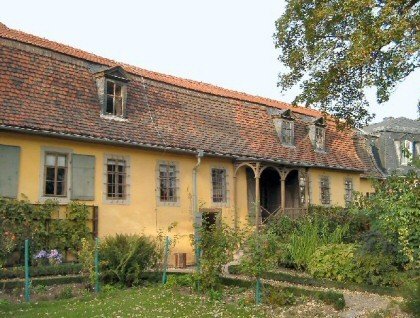
Garden of the Goethe House
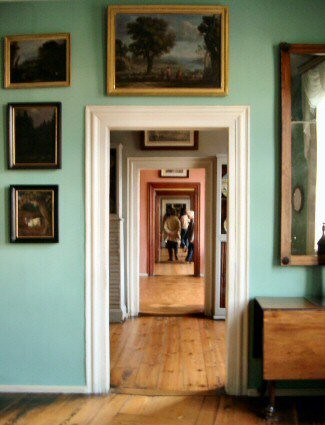
Suite of rooms in the Goethehaus
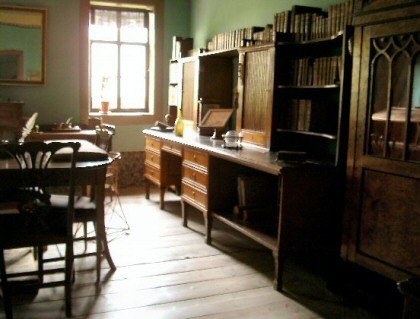
Goethe's study

red Salon

blue Salon